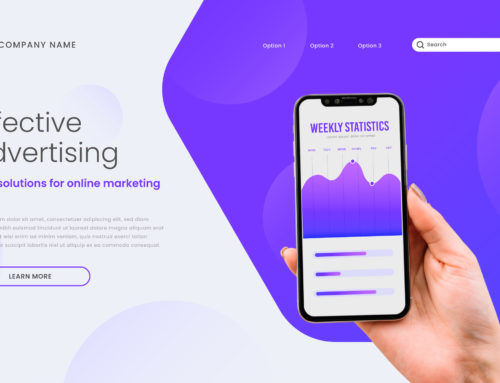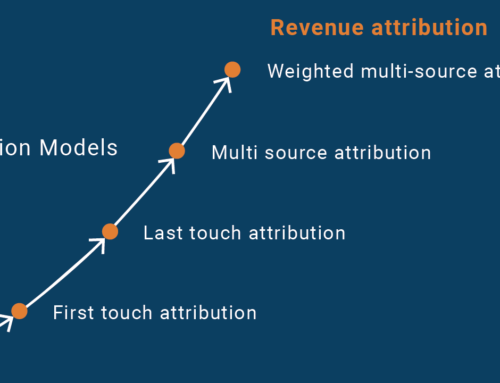Do your emails annoy your subscribers?
For many businesses, that’s the best–case scenario. That assumes their subscribers actually read their emails. They can always ignore them, put them into spam filters, or delete them on sight.
Imagine creating a pipeline of leads. Being able to drive your own traffic and build a sustainable customer base. That’s what email marketing can do for you… if you do it right.
Bad Email Marketing Boils Down to Common Mistakes
There are several possible explanations why many businesses that use email marketing do so with all the precision of a chainsaw.
Maybe they don’t get the initial results they want, so they put it on the back burner. Or they stretch themselves thin trying to market on every social media network. All the “gurus” proclaiming that email marketing is “dead” doesn’t help either.
Fortunately, email-marketing mistakes break down into common patterns. We can look at these patterns, figure out how to fix them, and tweak our strategies to get more business.
Mistake #1: Not Making Email Marketing a Priority
You won’t devote the time and attention to optimize your email campaigns unless you recognize their true value.
Social media is so tempting because it happens fast. You hop on and see quick “results” when people start following you. Maybe you have a few promising exchanges that lead to business.
The results might take longer with email marketing, but the benefits are huge; building an email list is a key component to create a sustainable presence online.
In a 2012 survey by Exact Target, 91% of the respondents said they checked their email every day:
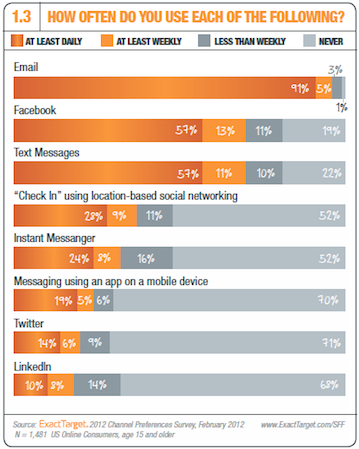
The same study revealed 77% of the people preferred to get “permission-based promotional messages” by email, compared to only 4% for Facebook and 1% for Twitter.

It’s also insanely profitable. The Direct Marketing Association’s 2012 Response Rate Reportshowed that each dollar spent on email marketing generated $28.50 in sales.
Solution: Seeing Email Marketing’s Potential
Are you giving email marketing enough attention, or are you distracted by other marketing efforts?
“The money’s in the list.” It’s been repeated to the point of becoming an Internet marketing cliché. But it’s just as true today as it was 5 years ago.
Only when you recognize the potential value of email marketing can you commit to improving your tactics.
Mistake #2: Sending Irrelevant or Off-Putting Emails
The “money’s in the list” saying?
I’d qualify it. “The money’s in the list… if your subscribers read your emails, are engaged, and happy to hear from you.”
Sporadic newsletters full of promotion and little to no real value aren’t what your subscribers signed up for.
But that’s exactly what a lot of businesses give them. They write about what they want and use emails as poorly disguised sales pitches. This kills their conversions.
Solution: Tweaking Your Content and Delivery
You can make your email list more responsive by: 1) sending them content they want; and 2) delivering it in a personal, engaging way.
Sending the Right Content
An easy way to keep your content relevant is to constantly question it from your readers’ perspective. Does the email you’re about to send teach them something useful? Help them solve an irritating problem in your niche?
Great emails deliver value. They show subscribers you’re someone they can trust, and make them want to buy from you instead of someone else.
If you’re struggling to come up with content ideas, ask your subscribers to send you questions. Make it clear you’re open to a dialog. ThinkTraffic is great at this. They include a link to leave feedback at the bottom of every email they send:
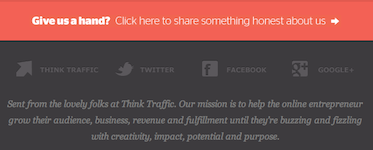
An Effective Delivery
Your subscribers know they aren’t the only one you email. Pretending otherwise comes off as transparent, and there’s no need to do it.
There are plenty of ways to connect with people on a personal level and improve conversions, even when you’re emailing a group.
One of the easiest is to pretend you’re emailing a close friend. Do you always address your friends by name? Probably not; you just jump right into the message. And you probably don’t use awkward, longwinded subject lines either.
President Obama’s marketing team raised around $700 million dollars for his 2012 campaign through email marketing alone. They did this by constantly challenging conventional email marketing practices. They:
- Used short subject lines like “Hey” or “Wow”
- Wrote in an extremely casual style
- Emailed a lot (sometimes multiple times a day)
- Used mild swearing in a few emails to increase conversions
Here were the top-performing subject lines from the Businessweek article:
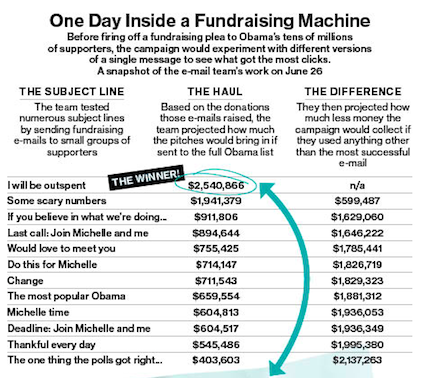
The marketing team didn’t accept any assumptions. They experimented, tested, and optimized their content and how they delivered it until they found the sweet spot.
You can do the same.
Mistake #3: Timing/Frequency Errors
“What time should I send my emails? How many should I send a week?”
These questions should be added to politics and religion as topics to avoid if you’d like to keep your dinner party civil. This debate has raged on for years; there’s no end in sight.
Solution: Experiment and Track
With timing and frequency, the keys to effective email marketing are: 1) stay away from axioms; 2) email regularly (whether it’s once a week or once a day); and 3) constantly challenge your assumptions.
There are exceptions to every “rule.” Linda Formichelli had great success selling ebooks after emailing on a Sunday morning. A study from Experian Marketing found open rates were higher between 8:00 p.m. and midnight than during working hours.
So much depends on your target market and what you’re selling. That’s why it’s so important to test different times and how often you email. And don’t worry about getting a few unsubscribes along the way; it’s all part of the process.
Focus on delivering valuable content to your subscribers first, then optimize. If people look forward to getting your emails, they’ll find a way to read them no matter what day or time they’re sent.
Mistake #4: Not Targeting Messages to Segmented Lists
Your email list is made up of people with different opinions, needs, and tastes. They’re interested in what you have to say, but for different reasons.
That’s why blanket broadcast emails aren’t as persuasive as they could be. You have to worry about appealing to everyone in the group, which makes it impossible to tailor your message to appeal to anyone.
Solution: Think Small
Segmenting your email subscribers into different lists improves open and click rates. You can customize your approach to deliver content most valuable to them.
Here are just a few ways you can segment your subscribers:
- Geographic area – tailor promotions by subscriber location
- Purchase history – past buyers are, on average, the most responsive segment of your list
- User activity – if someone hasn’t opened your emails in awhile, a reactivation campaign can be a good way to get them back on board
- Service needs – have people indicate which topics they’re interested in when they opt-in, and deliver related content
- Shopping cart abandonment – recover potential lost sales; offer special incentives for people who began the buying process to complete it
Your Turn
While your competitors continue to neglect email marketing, you can apply these principles to nurture relationships with prospects, establish your authority as an expert, and grow your business.
What’s your favorite email-marketing tactic? Leave me a comment below and let me know!



